For a vacation in India, an Indian Visa is essential to explore the country. The Indian government offers various visa types catering to different tourist needs. However, the visa application process often brings questions and confusion among travelers from different nations. This comprehensive guide aims to address all aspects of the Indian tourism visa, providing detailed information to streamline the application process and ensure a smooth travel experience. Whether you're planning a short visit or an extended stay, understanding the nuances of the Indian visa system is crucial for a memorable trip.
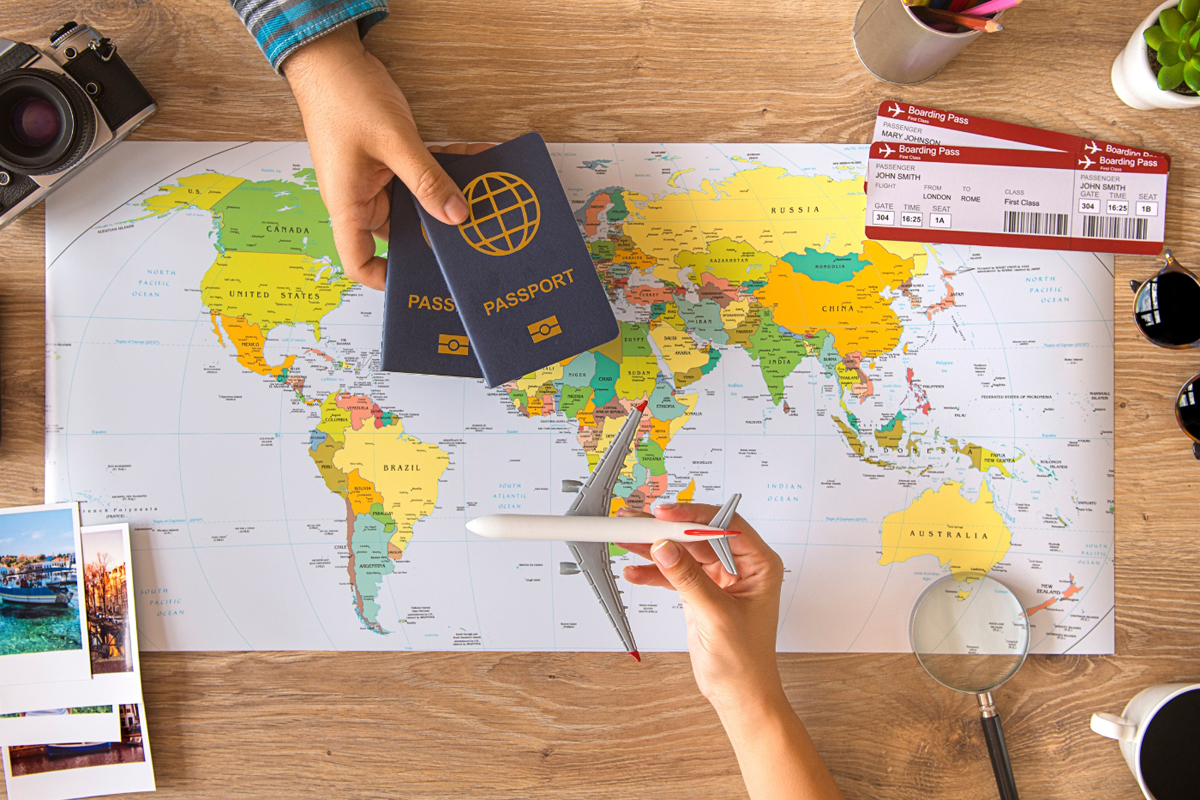
Not all travelers outside of India require a visa to visit the country. Citizens of Bhutan and Nepal are exempt from visa requirements. Maldivian citizens can enter India without a passport and stay for up to 90 days. However, visitors from Mainland China must obtain a proper visa for entry.
For stays in India lasting less than 72 hours, a transit visa is necessary. This visa can be obtained with a confirmed airline ticket for departure from India within the specified time frame. If a confirmed ticket is unavailable, travelers will be required to apply for an Indian tourist visa. Understanding these visa regulations is essential for a smooth entry into India and a hassle-free travel experience.
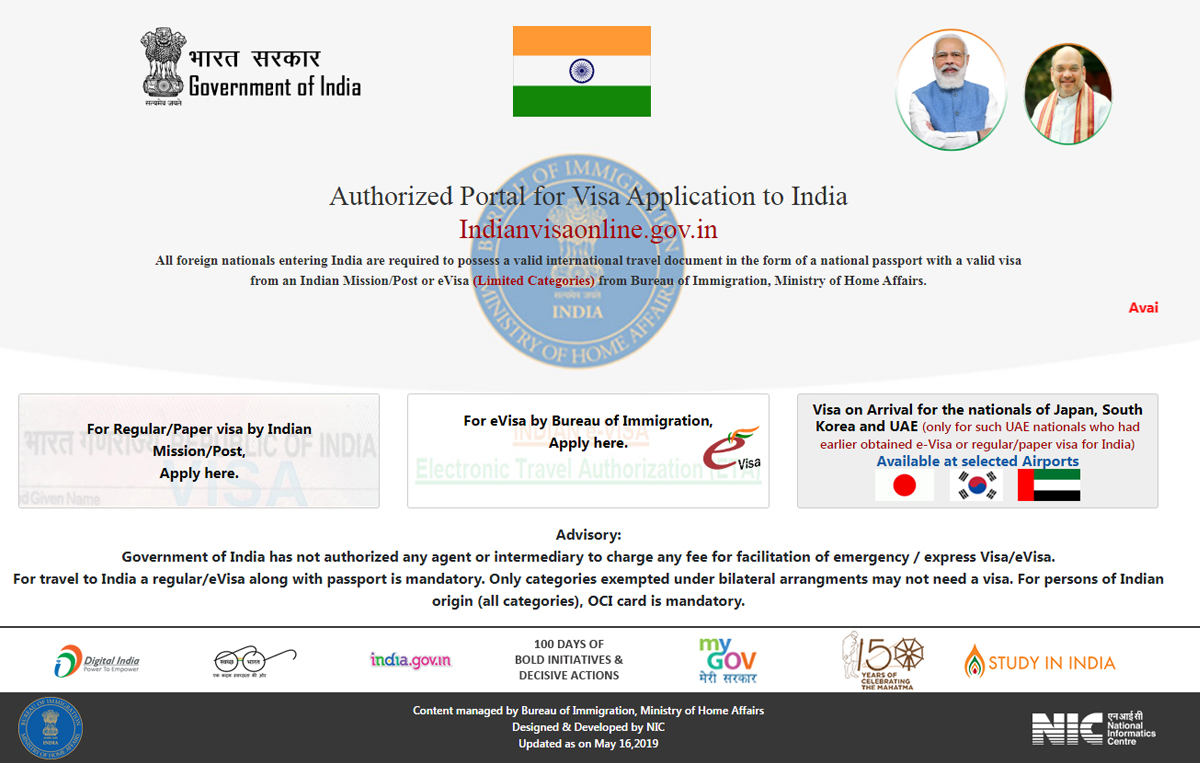
When planning to explore India, it's essential to select the appropriate visa type. Among the various options like student visas, employment visas, intern visas, and journalist visas, the tourist visa is ideal for tourism visits. This visa category offers flexibility in duration, ranging from 60 days to 10 years. However, regardless of the visa duration, tourists are restricted to a maximum stay of 90 days per visit. Additionally, there must be a minimum two-month gap between consecutive visits, even if traveling to different regions within India. Understanding these visa regulations ensures a seamless and enjoyable exploration of India's diverse landscapes, cultures, and attractions.
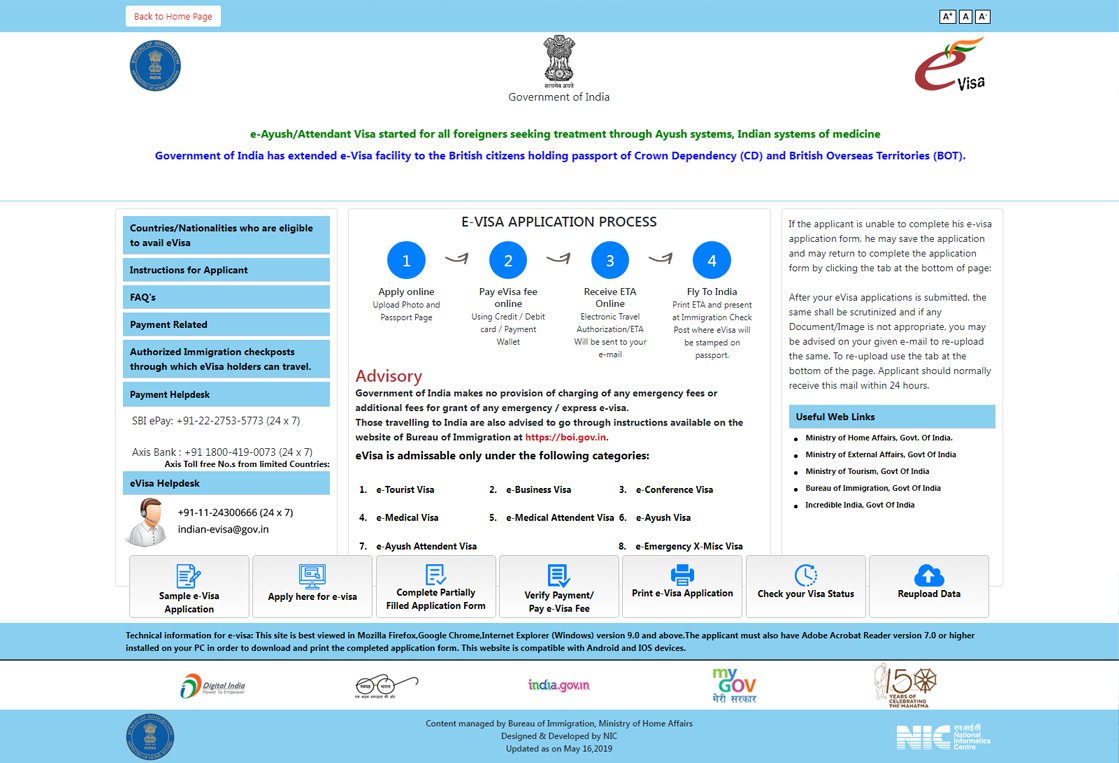
Tourist visas for India are typically available for durations ranging from 60 days to six months for citizens of most countries. However, citizens of certain countries, such as the United States, may be eligible for ten-year visas. Additionally, nationals of countries like France, the Netherlands, Spain, Switzerland, Iceland, Norway, Germany, Luxembourg, New Zealand, South Korea, Japan, Chile, Brazil, Vietnam, Mexico, Argentina, and others may obtain five-year visas. It's important to note that tourist visas cannot be extended or converted into other visa types beyond their designated durations. Therefore, travelers should plan their itineraries accordingly to make the most of their time in India within the stipulated visa validity period. Understanding these visa regulations ensures smooth travel experiences and compliance with Indian immigration laws.
The expense of obtaining a visa depends on your nationality. For instance, since 2017, US citizens are charged $100 for a 10-year tourist visa. Conversely, citizens of Japan and Mongolia enjoy significantly lower visa fees compared to others. Interestingly, tourists from several countries such as South Africa, Maldives, Jamaica, Bangladesh, Mauritius, Democratic People's Republic of Korea, Afghanistan, Seychelles, Uruguay, and more are exempt from paying a visa fee to visit India. However, it's important to note that a visa processing fee may still apply to these countries. Familiarizing yourself with these visa costs ensures a smooth application process and helps in budgeting for your trip to India.
When applying for an Indian visa, it's important to be aware of the application process, which is often outsourced to private agencies in many countries. Recently, the Indian government has taken back licenses from foreign agencies, replacing them with Indian companies. To ensure you're dealing with a legitimate entity, always ask for their license number.
The application process typically begins with an online form, which you'll need to fill out along with submitting the required documents. Be sure to factor in both the visa cost and processing fees. By understanding these steps and adhering to the necessary requirements, you can smoothly navigate the application process and obtain your Indian visa hassle-free.
These documents should be submitted to visa processing agencies along with your original passport and copies of other required documents. After processing, your passport with the visa stamp will be returned to the address specified in your passport.
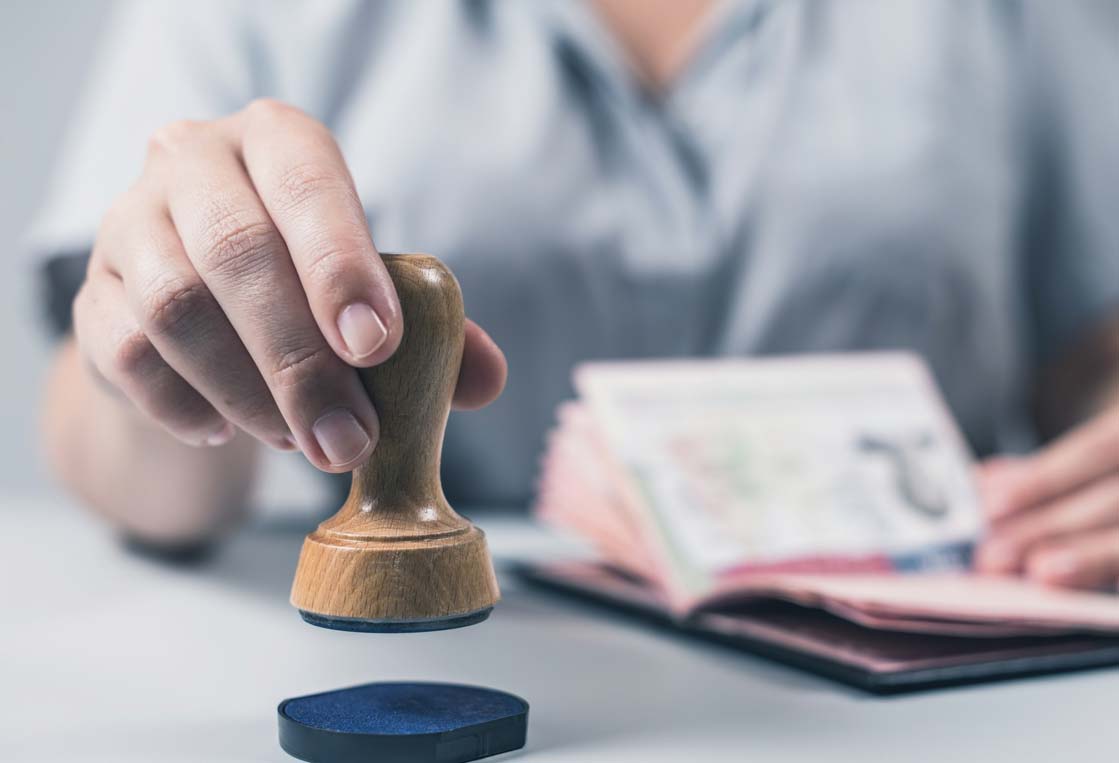
The processing time for receiving your passport with visa stamping can vary. Typically, agencies advise waiting for approximately 15 working days, excluding weekends and government holidays, to receive the visa. However, the actual duration may vary depending on the country of application. Generally, Indian Missions take at least 3 days to process a visa application. It's essential to consider these timelines when planning your trip and ensure that you apply for the visa well in advance to avoid any last-minute delays.
Regrettably, no. Despite holding a valid Indian tourist visa and passport, there are restrictions on visiting certain secluded locations. These include specific regions of Arunachal Pradesh, the northern part of Himachal Pradesh, Ladakh, Sikkim, Uttarakhand regions, border areas of Rajasthan, military areas in Jammu and Kashmir, and others. Access to these areas is limited, and only trekking groups with Protected Area Permits (PAP) are allowed entry. PAP stands for Protected Area Permit, and it is required for visiting these restricted areas. Therefore, it's essential to be aware of these limitations when planning your itinerary and ensure compliance with the regulations to avoid any inconvenience during your visit.
To acquire the Protected Area Permit (PAP), individuals can apply through the Indian missions in their respective countries. Each region imposes its own restrictions and fees for issuing PAP. Typically, tourists are required to travel in groups of at least four people. It's essential to engage a government-registered travel agent when applying for PAP. Normally, PAP is issued for a duration of 10 days and can be extended for an additional 7 days if needed.
Citizens of China, Pakistan, Bangladesh, or Myanmar can apply for PAP only with prior approval from the Ministry of Home Affairs. Similarly, individuals of Indian origin holding a foreign passport must also apply for PAP to visit restricted areas in India. It's advisable to adhere to these procedures diligently to ensure a smooth and hassle-free experience while exploring these restricted regions.
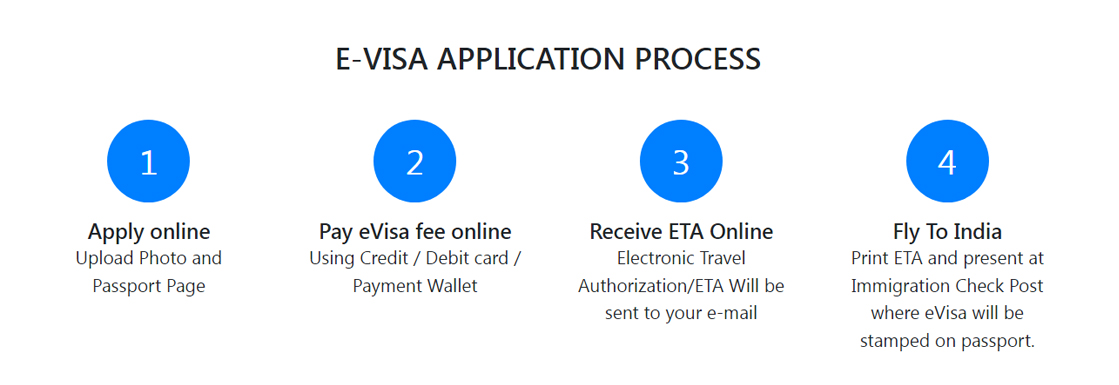
In many countries, the e-Visa is becoming the preferred alternative to traditional visa applications. Applying for an 'Electronic Travel Authorization' is straightforward through an online portal. Upon approval, you'll receive an email confirmation or a PDF document containing the necessary details. This document allows you to obtain visa stamping upon arrival at an Indian airport. The e-Visa permits a stay of up to 60 days and allows for three entries into the country. Even travelers arriving on cruise ships can obtain an e-Visa. The cost of the e-Visa is $102.50, although prices may vary depending on the country and prevailing exchange rates. This streamlined process offers convenience and efficiency for travelers to India.
These criteria outline the necessary qualifications for individuals seeking an e-visa to travel to India.
To begin, ensure you possess a valid passport. Make photocopies of the first and last pages of your passport. Your passport must have a minimum of six months validity and at least two blank pages. Next, download the Indian visa application from the official government website and complete it accurately, ensuring your signature matches that on your passport.
Additionally, prepare one passport-sized photo with a white background, ensuring you are not wearing glasses. Attach this photo to the application form. Then, submit the completed form along with your original passport to a visa service agency. Your passport with the visa stamp will be mailed to the address listed in your passport.
If you're a citizen of certain countries, you can obtain visa stamping upon arrival in India. Simply ensure you have your flight tickets, passport, photo, and any required special documents. To opt for Visa on Arrival (VOA), apply online at least four days before your travel date. After uploading the necessary documents, the non-refundable fee must be paid. Upon arrival in India, the passport holder's biometric details will be captured, and the visa will be approved.
Visa on Arrival (VOA) is available at specific international airports including Bengaluru, Kolkata, Mumbai, Delhi, Hyderabad, and Chennai. VOA is typically granted for 30 days (except for South Korean citizens, who may receive VOA for 60 days).
VOA is provided to citizens of countries such as Australia, Brazil, Cambodia, South Korea, Mauritius, Myanmar, New Zealand, Papua New Guinea, and others.
Your visa application for India may be rejected by immigration authorities due to several reasons: